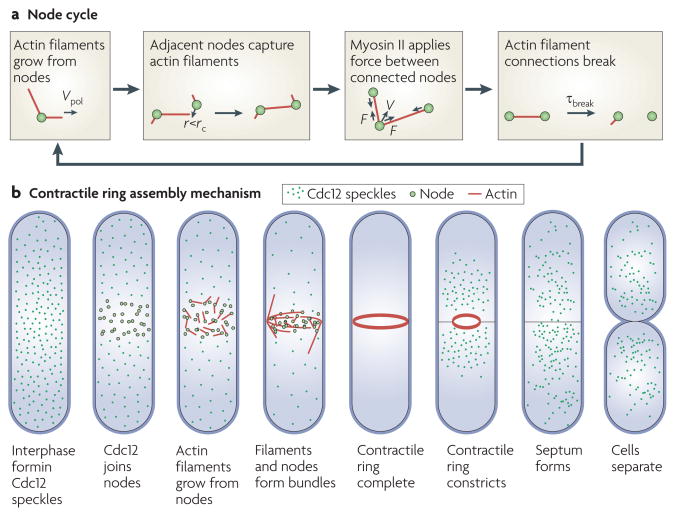Figure 3. Mechanism of contractile ring assembly in fission yeast.
a. | the cycle of reactions hypothesized in the search, capture, pull and release mechanism of contractile ring assembly. Cytokinesis nodes contain the anillin-like protein Mid1 (also known as Dmf1), myosin II (Myo2) and the formin cell division control protein 12 (Cdc12). Actin filaments grow in random directions from nodes by adding subunits at rate Vpol (the rate of actin polymerization). If a filament approaches a node within distance r, less than a defined distance rc (capture radius), myosin II can capture the filament. Myosin II applies force on attached filaments and moves nodes at velocity V. Actin filament connections between nodes break owing to severing or other reactions, with a time constant of τbreak, after which the cycle is repeated. b | An overview of contractile ring assembly and constriction in fission yeast. During interphase, Cdc12 is distributed throughout the cell in small clusters called speckles. At time zero minutes, Cdc12 joins nodes around the equator and nucleates actin filaments. The actin filaments form bundles as myosin II pulls the cytokinesis nodes into a ring. As the contractile ring constricts, the septum forms between the daughter cells, which separate by membrane fusion.

